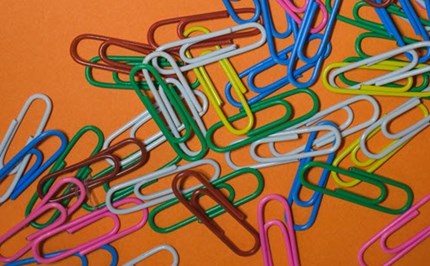Informal units: Year 2 – planning tool
This planning resource for Year 2 is for the topic of Informal units. Students extend their understanding of uniform informal units to measure and compare the lengths, mass and capacities.
Additional details |
|
| Year level(s) | Year 2 |
|---|---|
| Audience | Teacher |
| Purpose | Planning support, Teaching resource, Teaching strategies, Student task, Home practice tasks |
| Format | Web page |
| Keywords | lesson plans, assessment task, teaching strategies, pedagogies, Australian Curriculum, learning from home, misconceptions |
Curriculum alignment |
|
| Strand and focus | Measurement |
| AC: Mathematics (V9.0) content descriptions |
AC9M2M01
Measure and compare objects based on length, capacity and mass using appropriate uniform informal units and smaller units for accuracy when necessary |
| Numeracy progression |
Understanding units of measurement (P3)
|
Copyright details |
|
| Organisation | Commonwealth of Australia |
| Copyright | © 2023 Commonwealth of Australia, unless otherwise indicated. Creative Commons Attribution 4.0, unless otherwise indicated |
Related resources
-
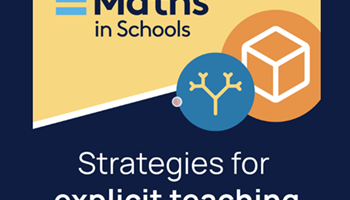
Maths in Schools podcasts
The Maths in Schools podcast series is a conversation connecting maths education specialists, practitioners, and researchers to discuss key considerations and strategies to plan and deliver effective maths programs across Australia.
Resource details -
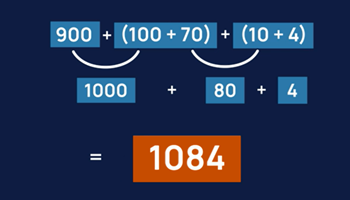
Explicitly connecting known strategies to flexible mental strategies
Free online professional learning module that will develop your knowledge of a range of mental additive and multiplicative strategies and the role automaticity—being able to recall facts quickly and effortlessly—plays in building these strategies.
Resource details -
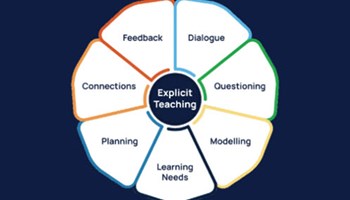
What is explicit teaching?
Free online professional learning that explores what explicit teaching is, what it's not and where explicit teaching fits into the teacher toolbox.
Resource details -
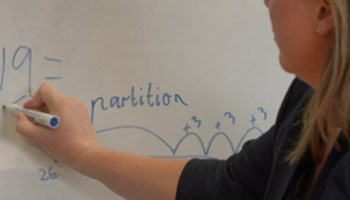
Structuring lessons to incorporate explicit teaching
Free online professional learning that will help you structure lessons in different ways to incorporate the essential components of explicit learning.
Resource details -
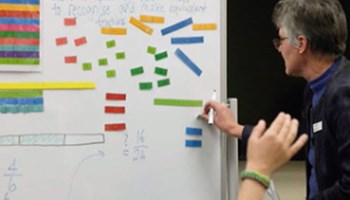
Teaching equivalent fractions using explicit teaching
In this free online professional learning module investigate how clear and concise language can help children understand specific mathematical concepts and techniques via a lesson on equivalent fractions.
Resource details
